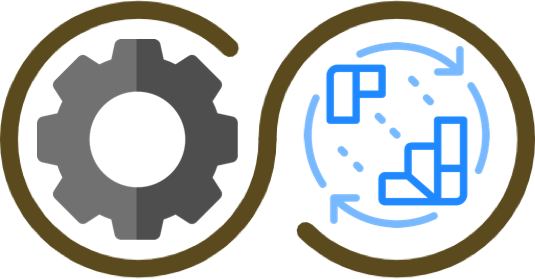I work as a Principal Cloud & DevOps Architect at Devoteam M Cloud Norway. I enjoy learning, you can check my Credly profile, my Azure Heroes badgers, and my Microsoft Learn profile.
I am particularly passionate about Azure architecture, security, and DevOps:
I am also a public speaker. Check my SpeakerDeck decks and my Sessionize profile.
A bit more about me:
- 🔭 I’m currently working on large-scale migration projects to Azure and Azure landing zones stuff
- 🌱 I’m learning C# and Terraform
- 👯 I’m looking to collaborate on technical meetups, talks, conferences. I ocassionally write at my blog.
- 💬 Ask me about anything in Azure Infrastructure space, with a special focus on cloud governance, "everything" as Code, (Azure) DevOps
- 📫 How to reach me: Twitter @pazdedav
- ⚡ Fun fact: None (I am a very serious person) 😄
- 🏃🏼♂️I became addicted to Garmin Connect levels & badges, but I do it because I love sports.
- I am passionate about DevOps and Scrum methodologies:
I know something about GitHub too:
- Managing VM configuration with Azure native tools
- BenchPress: a must-have tool to test your Bicep muscles
- AVD Accelerator: Lessons learned
- vNext Management and Automation of cloud and hybrid workloads
- vNext Management and Automation of cloud and hybrid workloads
This is my Octocat:























































